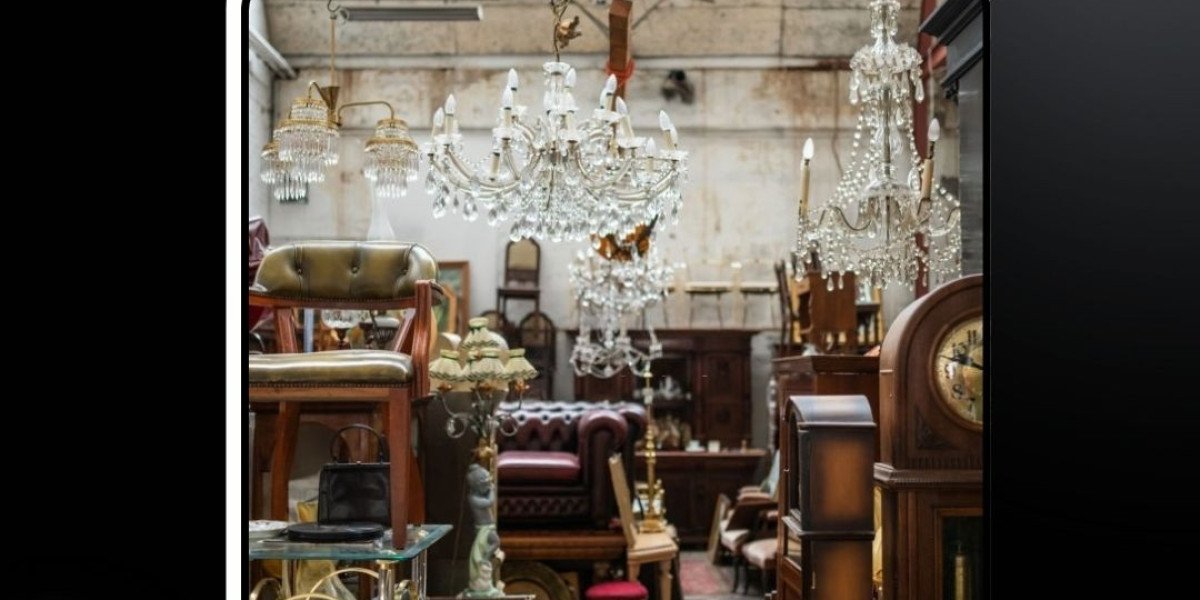Collecting antique estate collectibles is a fascinating and rewarding hobby. Identifying hidden gems can be challenging and exciting whether you're an experienced collector or a beginner. At D&J Antique Buyers , we specialize in helping you find these treasures. Here's a guide to help you recognise valuable pieces and make informed decisions.
1. Understand What Constitutes an Antique
Antiques are typically items that are at least 100 years old. They include various objects such as furniture, art, jewelry, and ceramics. Antique estate collectibles refer specifically to items obtained from estate sales, which often feature personal collections accumulated over a lifetime. Knowing the basics about what qualifies as an antique is the first step in identifying valuable pieces.
2. Research and Education
The more you know about different antiques, the better you'll spot valuable items. Invest time in learning about various periods, styles, and makers. Books, online resources, and attending antique shows can provide valuable insights. Connecting with experienced antique dealers and collectors can also be beneficial.
3. Condition and Quality
The condition of an antique significantly affects its value. Look for well-preserved items with minimal damage or restoration. Original finishes and materials are more desirable than pieces that have been heavily restored. However, some wear and tear are expected in older items. Learning to distinguish between acceptable ageing and damage that diminishes value is crucial.
4. Provenance and Authenticity
Provenance, or the history of ownership of an item, can add significant value to an antique. Documentation such as receipts, letters, or photographs that trace the item's history are valuable. Authenticity is another critical factor. Be wary of reproductions or forgeries. When in doubt, seek an antique appraisal from a professional to verify the item's authenticity and value.
5. Rarity and Demand
Rare items that are in high demand can be precious. Research current market trends to understand what collectors are seeking. Items from certain periods or by specific makers may be more desirable. For example, furniture from the Victorian era or art by renowned artists can be highly sought after.
6. Signatures and Marks
Many valuable antiques have maker's marks, signatures, or labels that indicate their origin. Familiarize yourself with these marks, which can provide essential clues about the item's authenticity and value. For instance, porcelain items often have factory marks on the base, and furniture may have labels or stamps from the maker.
7. Trust Your Instincts
Developing an eye for antiques takes time and experience. Trust your instincts and take the time to scrutinise each piece. If something catches your eye and meets the above mentioned criteria, it may be worth further investigation. Remember, collecting should also bring you personal joy and satisfaction.
8. Consult Professionals
When in doubt, consulting with professionals is always a wise choice. Antique dealers and appraisers can provide valuable insights and help you identify hidden gems. At D&J Antique Buyers, we offer expert appraisal services to help you understand the actual value of your finds. Our team is dedicated to assisting you in building a valuable and meaningful collection.
Conclusion
Identifying hidden gems among antique estate collectibles requires knowledge, patience, and a keen eye. By educating yourself, understanding the importance of condition and provenance, and seeking professional advice, you can make informed decisions and build a valuable and personally rewarding collection. At D&J Antique Buyers, we support your journey into the captivating world of antique collecting.







